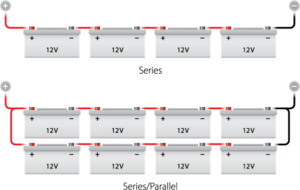How is the small intestine designed to absorb digested food?

The small intestine is the primary site of nutrient absorption in the digestive system. It is designed to maximize the absorption of digested food through several structural and functional adaptations, including:
- Surface area: The inner lining of the small intestine has millions of tiny finger-like projections called villi, which increase the surface area available for absorption. The villi are covered with even smaller projections called microvilli, which further increase the surface area for nutrient absorption.
- Intestinal glands: The small intestine contains specialized glands that secrete enzymes, mucus, and hormones that aid in digestion and absorption.
- Muscular contractions: The walls of the small intestine are lined with smooth muscle that contracts and relaxes to mix the food with digestive juices and push it along the digestive tract.
- Blood vessels: The villi contain a network of blood vessels that carry the absorbed nutrients to the liver for further processing and distribution to the rest of the body.
- Lymphatic vessels: The small intestine also contains lymphatic vessels that absorb dietary fats and transport them to the bloodstream.
Overall, the structural and functional adaptations of the small intestine work together to maximize the absorption of digested food, ensuring that the body receives the nutrients it needs for growth and maintenance.




